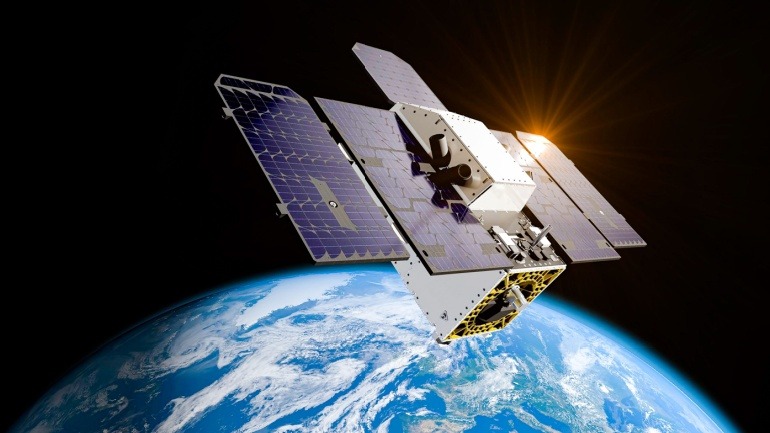The Swedish multinational networking and telecommunications company Ericsson has introduced three new radios in its enterprise-level Massive MIMO portfolio, and bolstered their RAN Compute portfolio with six RAN Compute products to accelerate the 5G mid-band release and expand next-generation mobile technology.
Ericsson stated that the three new radios and six new RAN Compute products will enable operators to make better use of the full spectrum of mid-band, that is around 3.5 GHz. The products are powered by Ericsson Silicon, the company’s system on a chip (SoC), which provides advanced processing capabilities for the rapid development of energy-efficient, high performance networks and ensures greater security.
With the new mid-band spectrum, telecom service providers can leverage their 5G spectrum resources to deploy services quickly and efficiently, thereby delivering higher quality and more responsive experiences to mobile broadband subscribers. Mid-band bridges speed, capacity and coverage gaps between low and high frequency bands. 5G networks that use the mid-bandwidth will have the opportunity to provide a full 5G experience to consumers and businesses.
The new release of Ericsson’s ultralight, mid-band Massive MIMO 5G radios from the Antenna-Integrated Radio (AIR) portfolio is designed to facilitate the deployment of mid-band frequencies for service providers. This provides a full 5G user experience for subscribers, while reducing the footprint of the site and increasing capacity by more than three times. The weight of the new radios is 20 kg, and is 45 percent lighter than previous generations, and 20 percent more energy efficient. The radios are also passively cooled to reduce site visits for maintenance purposes
Per Narvinger, Head of Product Area Networks, at Ericsson said: “After the first rollouts of 5G networks, now is the time to scale up 5G by leveraging Massive MIMO to a much larger extent. With our new portfolio, communications service providers can speed up their mid-band deployments efficiently with superior performance for their users, while reducing energy consumption.”







